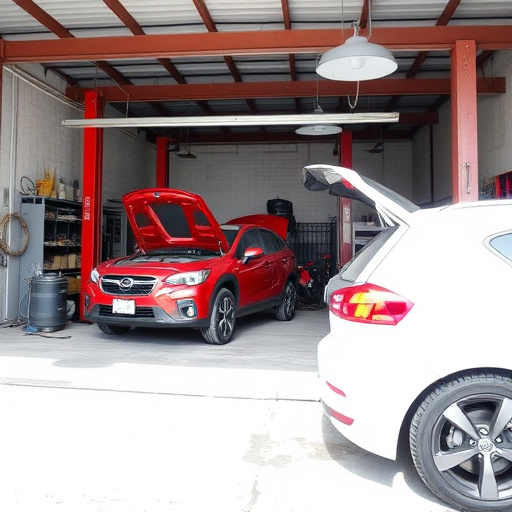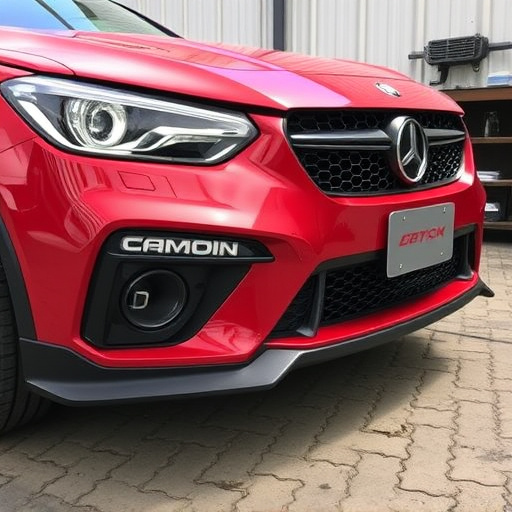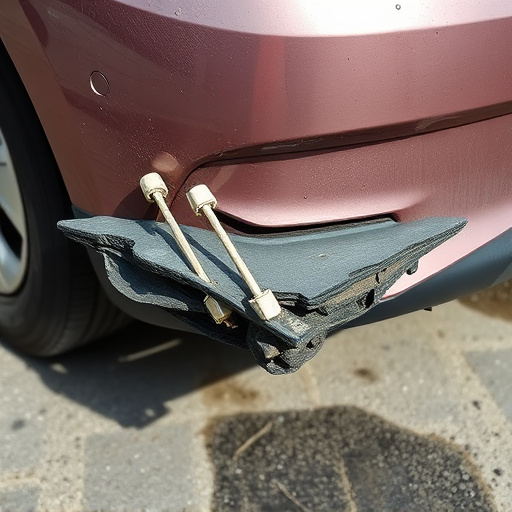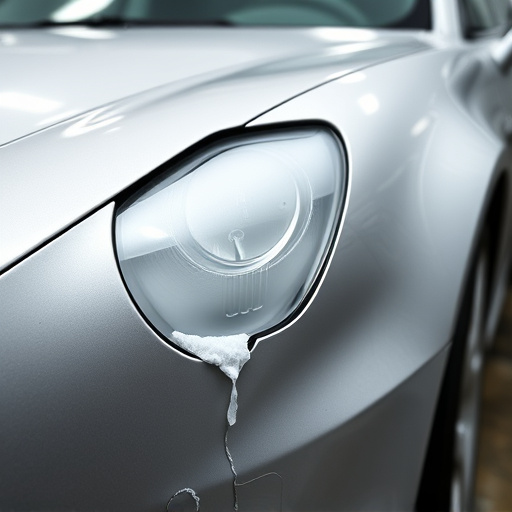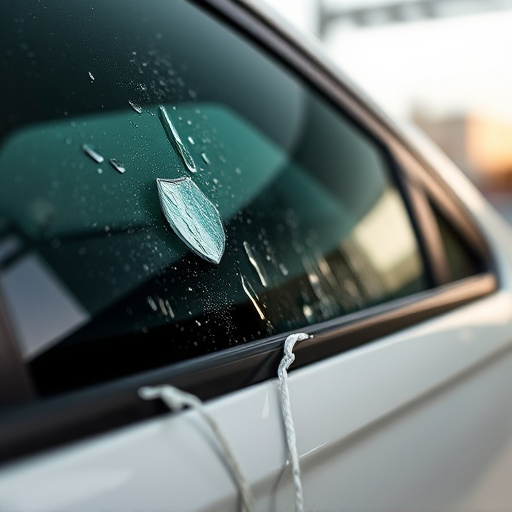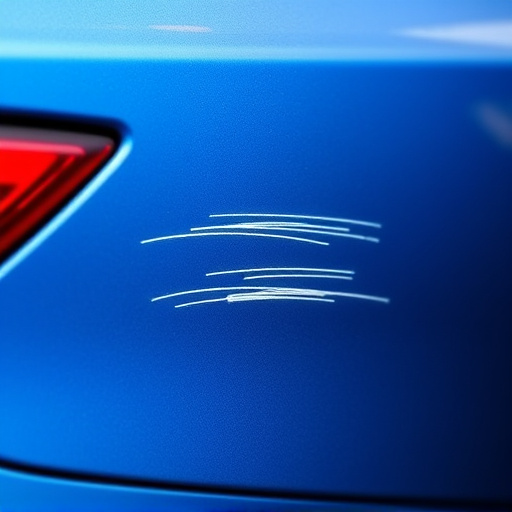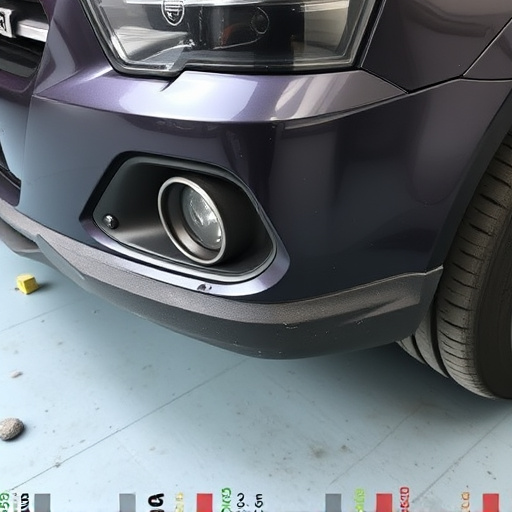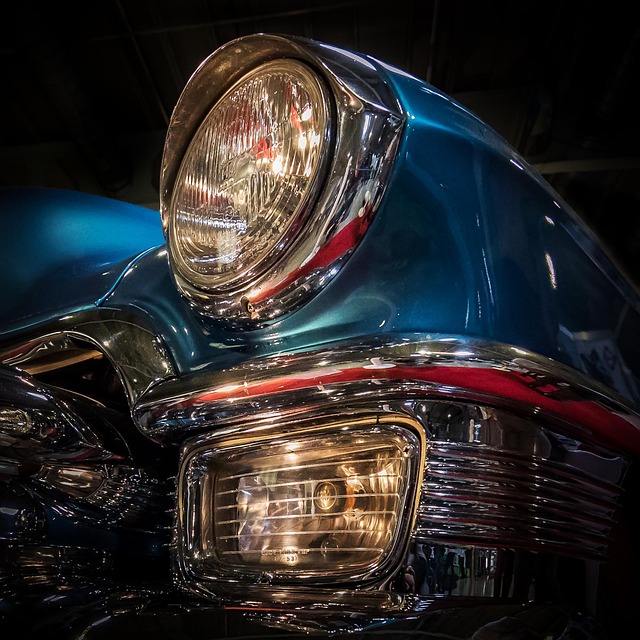Waterborne paint technology has transformed automotive restoration and body shop services with its environmental benefits and superior performance. Offering quicker drying times, vibrant colors, and reduced toxicity through lower volatile organic compound (VOC) emissions, it enhances efficiency, reduces preparation time for auto glass repair, and minimizes risk of errors. This innovative, eco-friendly approach aligns with modern environmental standards, creating safer work environments and contributing to cleaner air.
Waterborne paint technology is revolutionizing repair processes, offering significant advantages over traditional methods. This innovative approach not only enhances efficiency but also contributes to a safer, more environmentally friendly workplace. By understanding the unique benefits of waterborne paints—such as quick drying times and reduced surface preparation needs—professionals can streamline repair projects, saving time and resources. Additionally, its lower volatile organic compound (VOC) emissions ensure cleaner work environments, making it a sustainable choice for modern repair practices.
- Understanding Waterborne Paint: Benefits and Advantages
- Efficiency gains through quick drying and reduced preparation
- Environmental impact: Less harmful chemicals, cleaner work environments
Understanding Waterborne Paint: Benefits and Advantages

Waterborne paint technology has emerged as a revolutionary force in the realm of automotive restoration and body shop services. Unlike traditional paint options, waterborne paints are formulated to be environmentally friendly, offering a cleaner and safer alternative for both applicators and the surrounding atmosphere. The key lies in its composition; these paints are based on water as the primary carrier instead of harmful solvents. This simple yet powerful shift brings numerous benefits, making it a preferred choice for many vehicle repair services.
One of the standout advantages is its superior performance and durability. Waterborne paint technology provides excellent coverage, ensuring that repairs on cars or other vehicles are not just hidden but also long-lasting. Its quick drying time reduces downtime for body shop services, enhancing overall efficiency. Moreover, these paints offer a wide range of vibrant, rich colors, allowing restorers to achieve precise color matches, which is crucial in car restoration processes. This technology’s versatility and commitment to sustainability make it an attractive option for those seeking efficient and eco-conscious vehicle repair solutions.
Efficiency gains through quick drying and reduced preparation
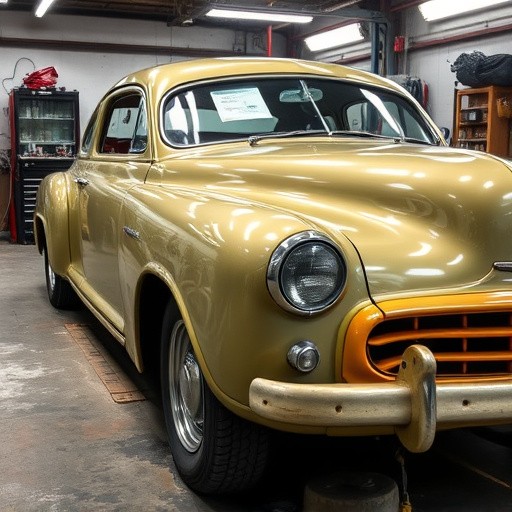
One of the most significant advantages of waterborne paint technology is its ability to dramatically enhance repair efficiency in auto glass repair and vehicle collision repair scenarios. This innovative approach to painting offers quicker drying times compared to traditional methods, significantly reducing downtime for repairs. Faster drying means vehicles can be back on the road sooner, improving overall productivity for repair shops.
Additionally, waterborne paints require less stringent preparation, streamlining the repair process. Traditional paint jobs often necessitate extensive sanding and cleaning, but waterborne paints adhere well to most surfaces without these extensive preparations. This simplification not only saves time but also reduces the risk of human error, making repairs more consistent and high-quality, especially in the case of minor fender benders.
Environmental impact: Less harmful chemicals, cleaner work environments
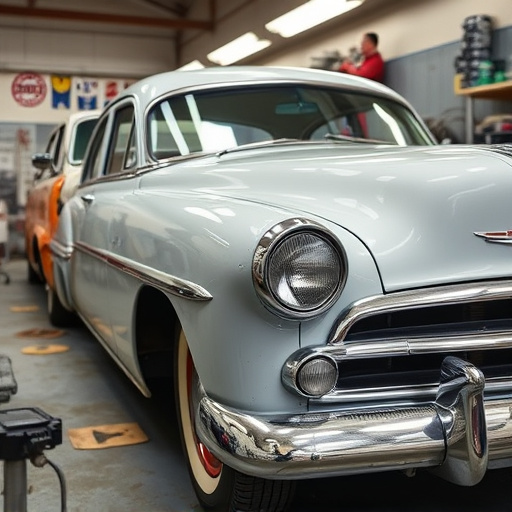
Waterborne paint technology is transforming car repair services and vehicle repair services across the industry. One of its most significant advantages lies in its environmental impact. Traditional paint formulations often contain harmful solvents, leading to toxic fumes and hazardous waste disposal issues. Waterborne paints, however, use water as a primary solvent, significantly reducing the release of volatile organic compounds (VOCs). This not only creates cleaner work environments for auto collision center professionals but also minimizes the ecological footprint associated with manufacturing and application.
By adopting waterborne paint technology, auto collision centers can contribute to a healthier planet while ensuring the safety of their technicians. The reduction in VOC emissions translates into lower air pollution levels, making it a sustainable choice that aligns with modern environmental standards. This eco-friendly approach is not only beneficial for the surrounding communities but also reflects a commitment to responsible vehicle repair services.
Waterborne paint technology offers a compelling solution for repair efficiency, combining benefits like quick drying times and reduced surface preparation needs. Moreover, its environmental friendliness through lower chemical emissions contributes to cleaner work environments, making it a sustainable and effective choice in the industry. By adopting waterborne paint technology, professionals can streamline their processes, enhance productivity, and contribute to a greener future.
